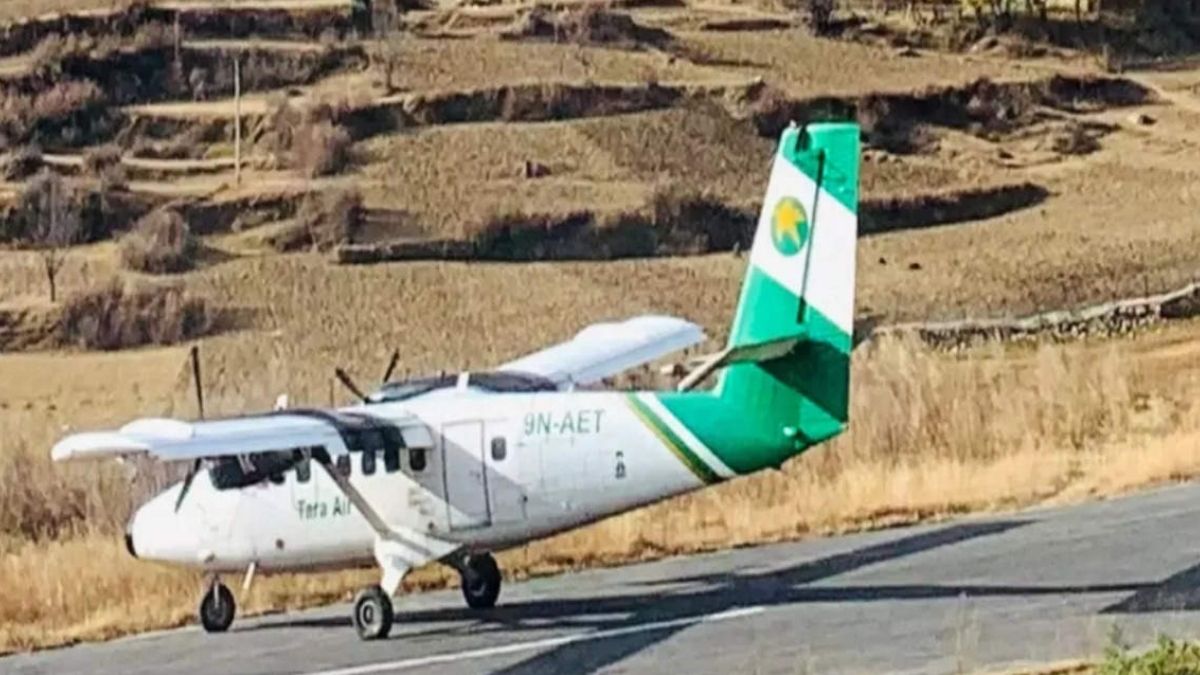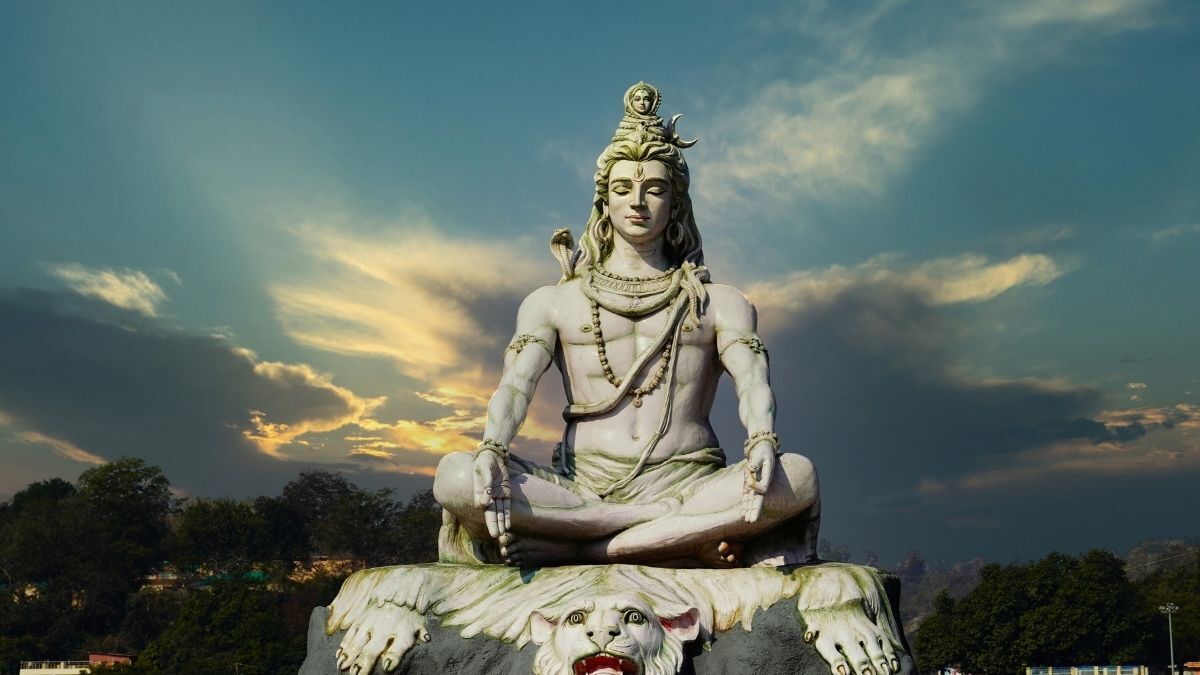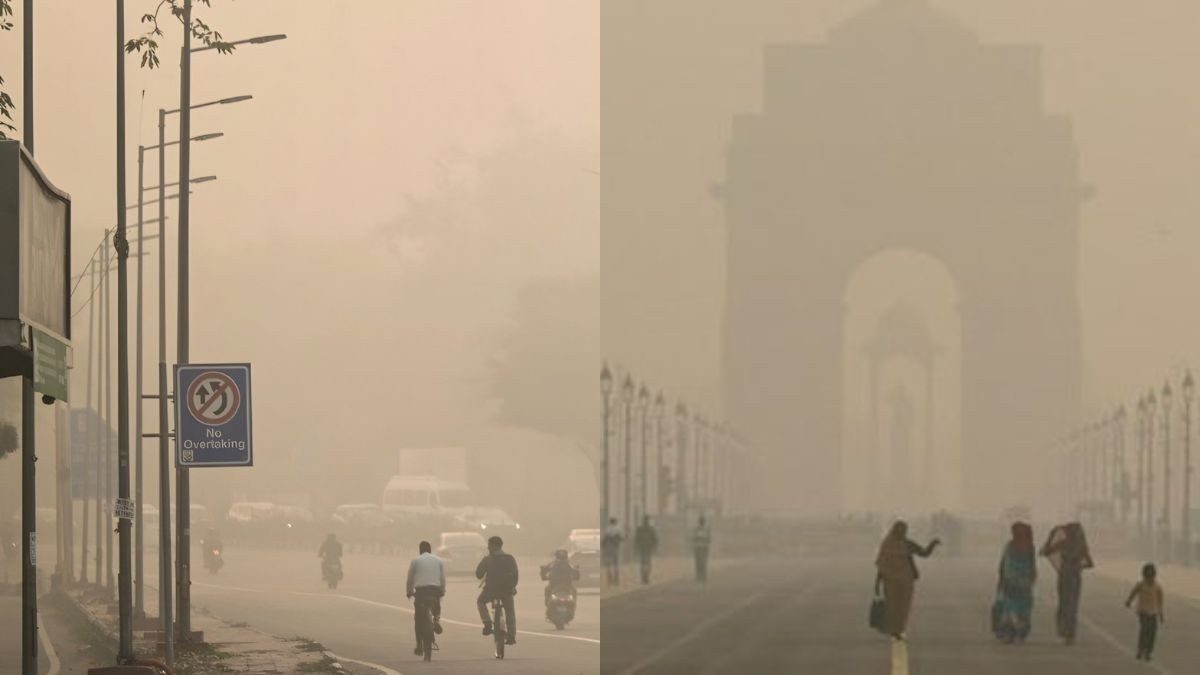On Monday, Nepali rescuers recovered 14 remains from the twisted wreckage of a passenger jet that went missing in the Himalayas with 22 people on board. According to authorities, according to preliminary estimates, no one could have survived the accident. Tara Air’s Twin Otter aircraft lost contact with air traffic control shortly after taking off from Pokhara, Nepal. On Sunday morning towards Jomsom, a popular trekking destination.
How Search Operation Conducted in Nepal
Helicopters from the military and commercial companies explored the isolated mountainous terrain all day Sunday, backing by crews on foot. Still, the authorities called off the search as night fell because severe weather impedes the recovery effort at 3,800-4,000 metres (12,500-13,000 feet) above sea level.
After the search started on Monday, the army tweeted a picture of aeroplane components and other wreckage covering a steep slope, including a wing with the registration number 9N-AET visible.
There were four Indians on board and two Germans, and the rest were Nepalis. The reason for the accident has yet to be determined.
Nepal plane crash | A team of 15 Nepali Army soldiers has been dropped near the crash site to retrieve the bodies. The crash site lies at an elevation of about 14,500 feet while the team has been dropped at 11,000 meters height: Nepal Army spokesperson
— ANI (@ANI) May 30, 2022
Also Read: India-Nepal Himalayan Passenger Train Service Begins; Details Here
Past Crashes
Domestic airline Yeti Airlines has a subsidiary called Tara Air, which provides service to some of Nepal’s more rural regions. In 2016, an aircraft with 23 people on board crashed into a mountaintop in the Myagdi area of Nepal.
Air travel in Nepal has grown significantly in recent years, transporting products and people between remote places and international tourists and mountaineers. However, due to a lack of proper training and maintenance, it has long been plagued by poor safety.
Over safety concerns, the European Union barring all Nepali airlines from flying in its airspace. Nepal has some of the world’s most difficult runways and approaches, even for seasoned pilots. Moreover, the weather may sometimes shift rapidly in the highlands, resulting in hazardous flying circumstances.
Also Read: No More RT-PCR Test For Fully Vaccinated Passengers Travelling To Nepal
First Published: May 30, 2022 2:05 PM



